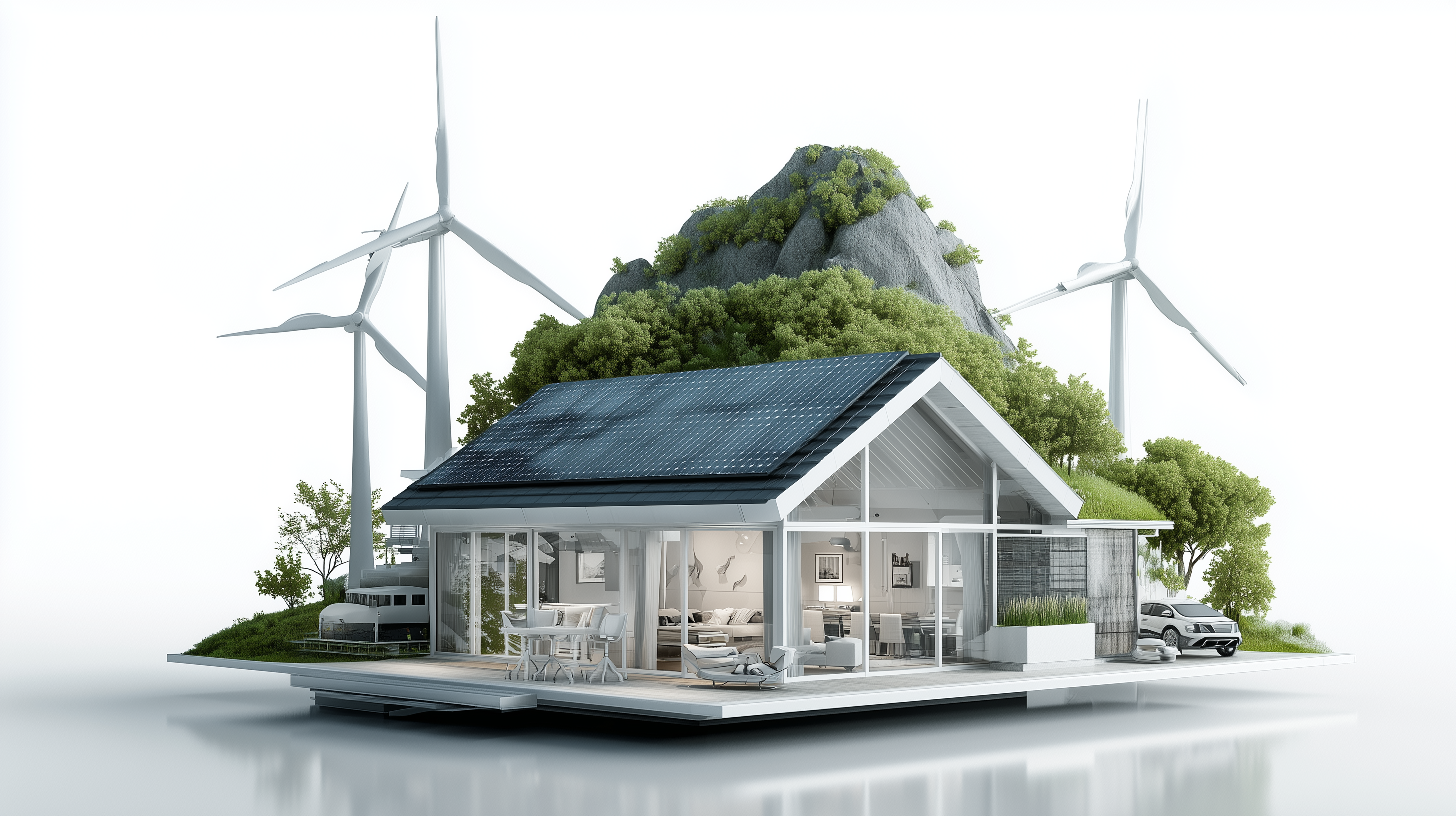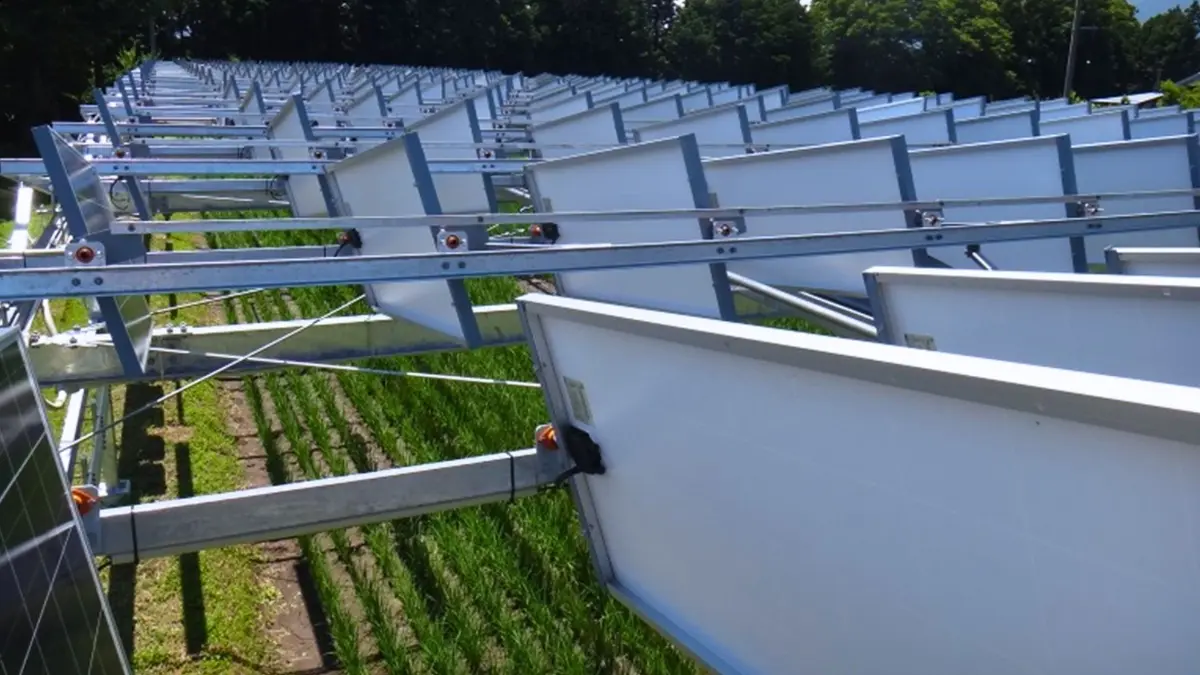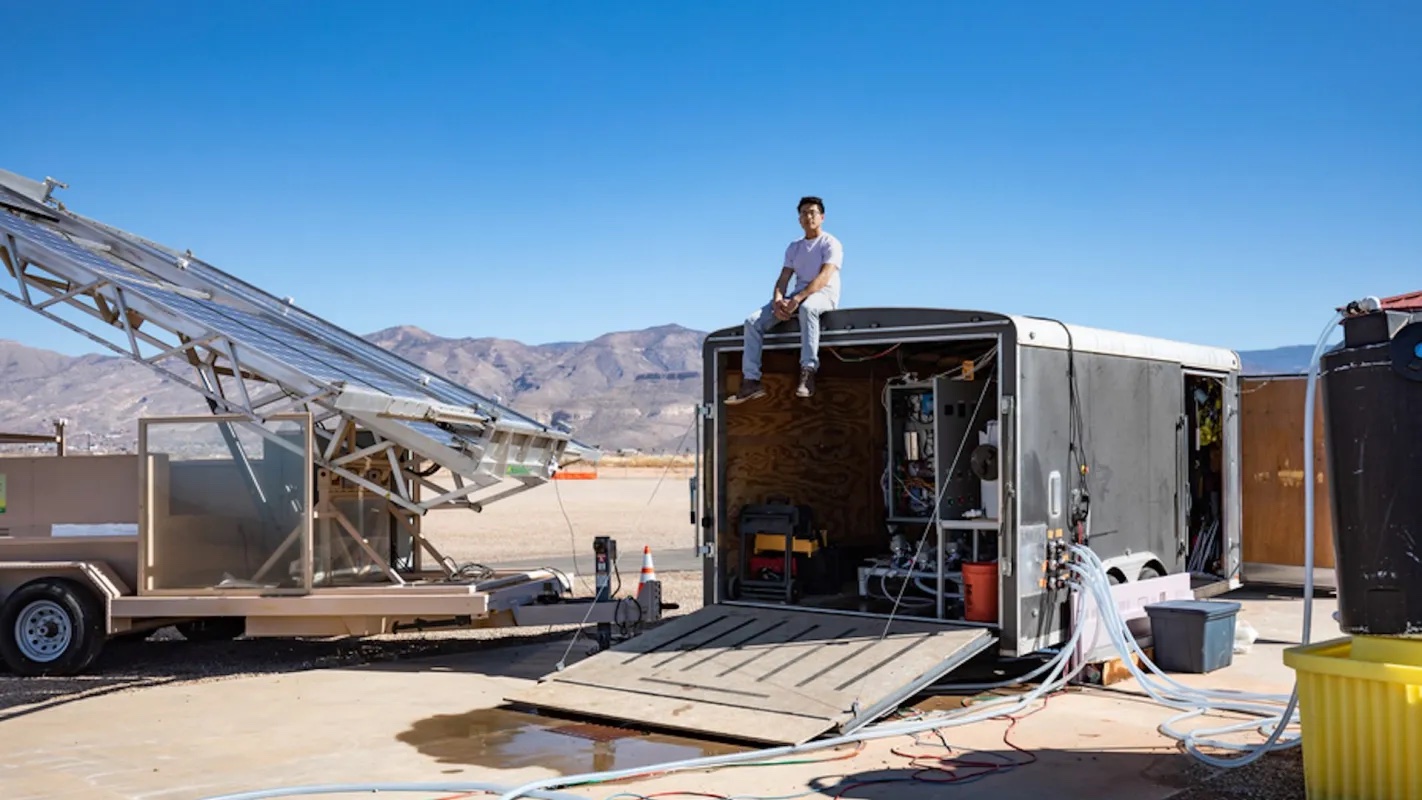by Futurist Thomas Frey
The Crisis That Sparked Change
By the mid-2020s, the housing crisis had become unbearable. In major cities across the globe, the cost of owning or renting a home far outpaced wage growth. Utilities—electricity, water, waste—were draining family budgets as grids aged and struggled to keep up with demand. Younger generations gave up on the dream of home ownership, while developing nations watched populations pour into cities faster than infrastructure could be built.
History tells us that when pressures mount, innovation follows. Out of this crisis came an idea once dismissed as fringe or utopian: off-grid housing.
Continue reading… “The Future of Off-Grid Housing: A 2035 Solution to High-Priced Homes”












